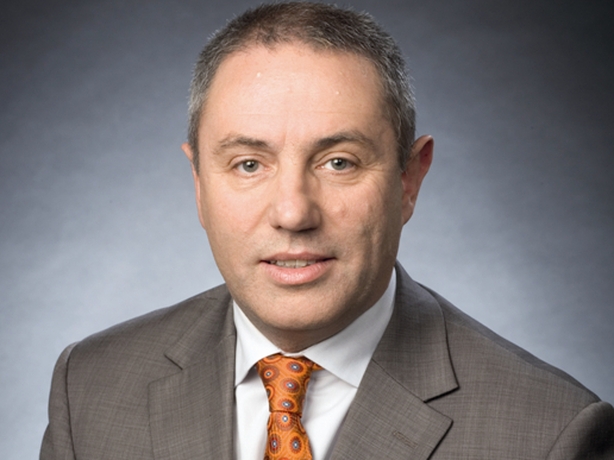So, round one on the warm up card is over.
Fianna Fáil left City West in Dublin ready for the campaign trail.
Did we learn anything particularly new?
Well, even though the party has stated that Fine Gael and Sinn Féin are out as potential partners in government, that message was hammered home again.
At this stage it is hard to see how Fianna Fáil could possibly come back from the position it has adopted without a massive, massive U-turn.
On RTÉ's This Week, party leader Micheál Martin maintained this was the consensus policy position adopted by the parliamentary party, even if some had a different view.
On RTÉ's The Week in Politics, Seán Ó Fearghaíl echoed that position, insisting it was not a view put about by the leader alone. Mr Martin, he said, was reflecting the agreed view of the parliamentary party.
Politicians and many of their backroom advisors often get frustrated when journalists focus on questions such as who they are willing – or not willing – to form a government with.
The people, they say, will decide that issue. Well yes, but it is not quite that simple.
And let's be clear this does not apply to Fianna Fáil alone. All the main parties have been at this in recent weeks, saying this party or that party is out of bounds when it comes to forming a government.
Yes, the voters will decide who they wish to elect and the politicians will deal with the numbers when the counting is over.
But when any party starts off by ruling out one combination or another while at the same time insisting it wants to be in government, it is entirely legitimate to press for clarity on who they do regard as potential allies in government.
And it is entirely fair to ask if their preferred combination is not an option when the votes are counted then which party or group might they turn to next to form a government.
Voters are surely entitled to know the position of parties and politicians on how they hope to form a government before they cast their vote inside the polling booth.
This is particularly so when no one party is going to win an overall majority.
The next government will be a coalition - perhaps a surprising one - and we can be certain compromises will be made in putting it together.
If a voter knows that particular parties or groups are willing to enter government that might well help them decide how they give their preferences.
While Fianna Fáil has been closing down the wriggle room, Sinn Féin seems to be moving to open more space.
Peadar Tóibín also on The Week in Politics talked about leaving a "door open". It seems Sinn Féin is realising if it wants to get policies implemented then the only place is in government. Watch how this develops in the weeks ahead.
Of course, as the campaign gets under way the focus will move more to policies and the various offerings and differences among those seeking votes.
And the potential common ground on big issues, even among parties who now say they would not touch each other with a barge pole, will become more evident.
So what happens when a party rules itself out of government with another party and the voters then produce a result where that very combination is perhaps the only show in town when it comes to forming a stable government?
That's when the real politics starts.
By Brian Dowling, RTÉ's Political Staff


